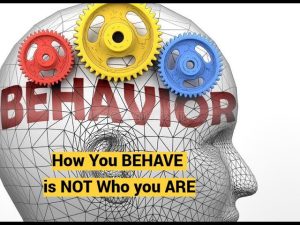1. Nature of Narcissistic Relationships
- Narcissists create a delusional world detached from reality, devoid of pain or challenges, akin to a child’s perspective. They isolate victims from family and friends and fabricate a fantasy reality to control them.
- Victims become totally dependent on the narcissist, relying on their approval to feel alive and worthy, entraped in a metaphorical padded prison cell.
- The narcissist maintains a monopoly on the victim’s idealized self-image, making it impossible to escape without losing that self-worth.
- Victims often do not question the narcissist because they believe they are receiving unconditional love and support, which resembles an addictive relationship akin to drug dependency.
- The victim’s self-love and self-compassion are artificially created by the narcissist’s praise, despite the lack of substantiating evidence.
- The narcissist isolates victims from reality by cutting off family and friends and manipulating the victim into distrusting any external input.
- Victims face a choice between painful reality or staying in the narcissus-driven fantasy world, which many prefer due to its emotional comfort. [00:00 – 15:00]
2. Societal and Cultural Context Enabling Narcissism
- Modern society promotes messages of high self-esteem, uniqueness, and specialness through education, media, and advertising, aligning well with the narcissist’s propaganda and making their manipulation sound believable.
- This social conditioning encourages people to seek constant validation and self-love, often making the narcissist’s influence harder to resist.
- Narcissism is described as an epidemic and a universal phenomenon across cultures, ages, and genders, becoming an organizing and explanatory principle for understanding behavior in society and politics.
- The rise of narcissism has been warned against since the mid-1980s but has become increasingly prominent over the last few decades. [15:00 – 22:00]
3. Loneliness as the Narcissist’s Weapon
- A critical factor in narcissistic control is the prey’s loneliness. The number of close friends an average person has has drastically decreased from 10 to under 1 in recent decades.
- There is a profound increase in social isolation; young generations have fewer social and intimate relationships, declining sexual interactions which are fundamental communication forms.
- People often have more attachment and care for pets than for other humans, as exemplified by Vienna’s numerous animal shelters versus very few homeless shelters.
- Technological advancements have enabled and encouraged social isolation by providing self-sufficient alternatives to human interaction, despite human connection requiring significant emotional effort and vulnerabilities.
- The phenomenon is partly exploited by capitalism and technocapitalism, which benefits from isolated consumers who spend more time on social media platforms for profit. [22:00 – 31:00]
4. Impact of Technology and Social Media
- Social media platforms like Facebook, Instagram, and YouTube promote isolation by encouraging users to replace real interpersonal interactions with virtual connections.
- These platforms thrive financially when users remain isolated and addicted to digital validation instead of forming real-life relationships.
- Having a romantic partner or close friend reduces social media usage, which is harmful to these companies’ profit models. [31:00 – End]






